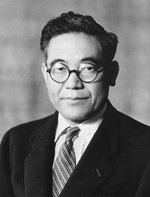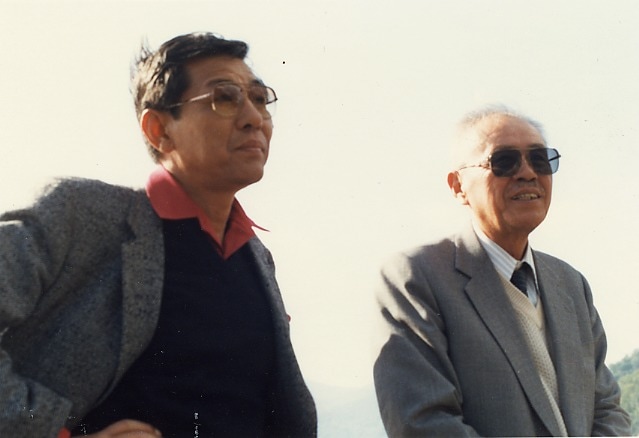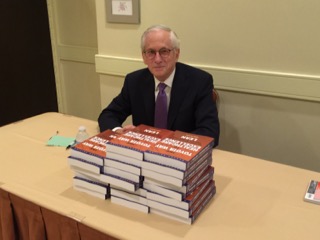
When the Toyota Group (replacing the Toyoda family’s d with a t) set up an automobile-manufacturing operation in the 1930s, Sakichi’s son Kiichiro headed the new venture. He traveled to the United States to study Henry Ford’s system in operation, and he returned with a strong grasp of Ford’s conveyor system and an even stronger desire to adapt that system to the small volumes of the Japanese market (Toyota Manufacturing Kentucky 2015). Soon thereafter, the first Toyota system of manufacturing was born. To say that Toyota copied Ford is not accurate—Toyota learned from Ford, especially from Ford’s mistakes. This point demonstrates the driving power of the Toyota system: continuous improvement.
Taiichi Ohno, Toyota’s chief process engineer, added many of the tools and detailed production processes to Kiichiro Toyoda’s vision, and he understood that what would soon become TPS could be applied more broadly than just to manufacturing. In his book Toyota Production System: Beyond Large-Scale Production (1988, xv), he states:
Taiichi Ohno, Toyota’s chief process engineer, added many of the tools and detailed production processes to Kiichiro Toyoda’s vision, and he understood that what would soon become TPS could be applied more broadly than just to manufacturing. In his book Toyota Production System: Beyond Large-Scale Production (1988, xv), he states:
"The Toyota production system, however, is not just a production system. I am confident it will reveal its strength as a management system adapted to today’s era of global markets and high level computerized information systems."
Ohno is best remembered for the implementation of the just-in-time strategy in the TPS. He went on to publish three books and mentor young managers at the Toyota Group.
Together, Ohno and Toyoda ushered the Toyota Group into an era of world-class production.
Together, Ohno and Toyoda ushered the Toyota Group into an era of world-class production.



 RSS Feed
RSS Feed